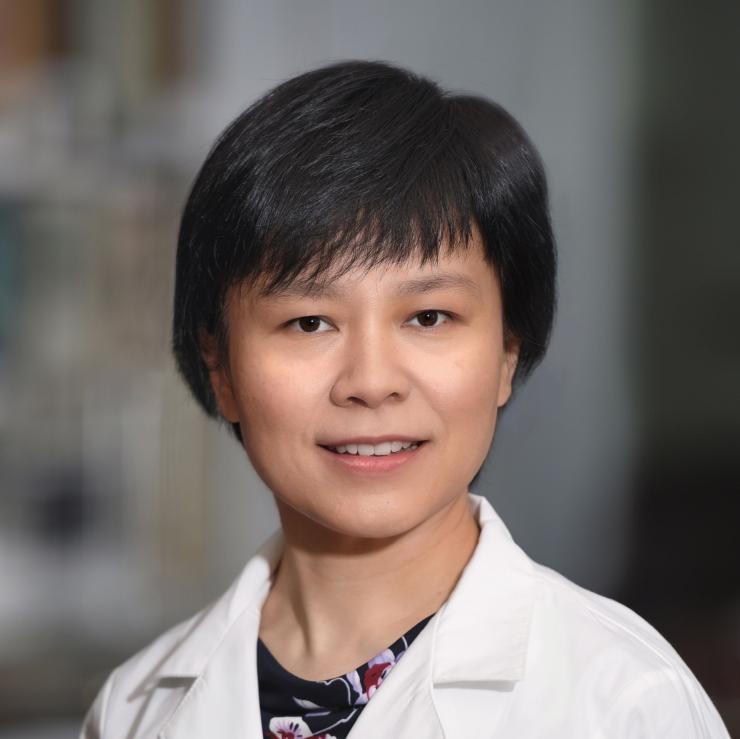Message from the Fellowship Director

Welcome to the Baylor College of Medicine Epilepsy Fellowship webpage. Baylor College of Medicine offers training in a 12-month, ACGME-approved Epilepsy Fellowship program. The program is based in the Baylor Comprehensive Epilepsy Center (NAEC Level IV) and the Peter Kellaway Section of Neurophysiology, Department of Neurology, Baylor College of Medicine.
The program includes training in in-patient and outpatient clinical epilepsy including medical management, epilepsy surgery evaluation, epilepsy monitoring, clinical neurophysiology, brain mapping, functional testing, neuroimaging, and epilepsy-related clinical research. Clinical care encompasses the latest advances in diagnostics including magnetoencephalography (MEG) and stereotactic EEG (SEEG) and treatment including responsive neurostimulation (RNS), deep brain stimulation (DBS) and laser ablation.
Sites of training include: Baylor Comprehensive Epilepsy Center, Baylor St. Luke’s Medical Center, Michael E. DeBakey Veterans’ Affairs Medical Center, and Texas Children’s Hospital. Both adult and pediatric training tracks are available. Senior faculty of the program include: Thomas E Lloyd, M.D., Ph.D., Chair, Neurology, Alica Goldman, M.D., Director, Baylor Comprehensive Epilepsy Center and Head, Peter Kellaway Section of Neurophysiology and Anne E. Anderson, M.D., Texas Children’s Hospital.
Research
Baylor College of Medicine Epilepsy Fellows are encouraged to participate in scholarly activity during their fellowship year. All scholarly activity projects are performed with mentorship from epilepsy/clinical neurophysiology faculty. Fellows have four weeks of elective time that they can use to dedicate to research if they so desire. Many trainees choose to participate in research projects during their fellowship. The Epilepsy programs at Baylor College of Medicine have a robust translational, clinical and basic science research program. View more about the research from our prominent research faculty.
Affiliates
Affiliations with leading research and healthcare institutions in and around the Texas Medical Center, the world’s largest healthcare complex, provide access to an exceptionally diverse array of people and resources.









